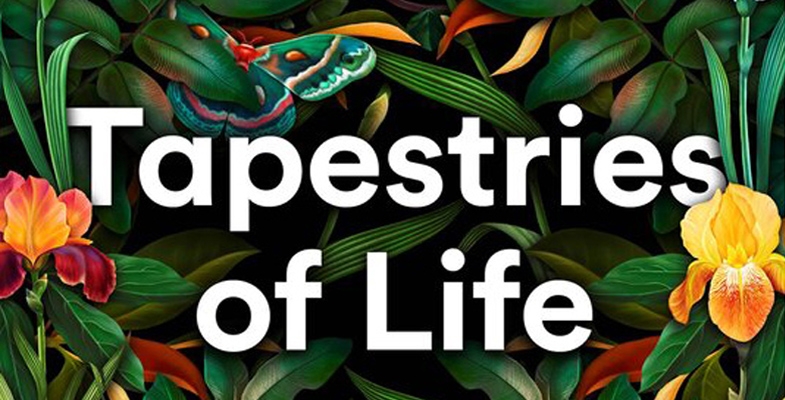There are many books dedicated to nature and the environment, most of them good, some very good, but this one is outstanding.
The author is a professor at the Norwegian University of Life Sciences and her previous book Extraordinary Insects made it to the Sunday Times best seller lists. Her special interests and research lie in forest ecology and in the role played by insects, fungi and other creatures in interacting with forest plants to create a natural living web. This is especially important in old growth forests whose biodiversity goes far beyond trees into the huge range of species that inhabit and live off not just the living trees but also dead, rotting wood or mouldy leaf litter. And here was a big surprise, her homeland of Norway, a timber producer, apparently has hardly any old growth forests left, most existing ones being sustained or created by managed regrowth and plantings. Lots of comments and thoughts to ponder in this topic on how we manage and respect our own old growth forests and natural world in general.
But this is far from the whole story in the book. It extends across an amazing array of animals and plants and their interactions, from Brazil nuts that require the unique orchid bee to pollinate, to fig wasps, to incredibly ‘intelligent’ slime moulds and to our own (probably extinct) gastric brooding frogs. And she goes quite a bit into the biopharmaceutical story too, from the blue blood of horseshoe crabs to a jellyfish called Turritopsis that can reverse its life cycle back to the polyp stage and can therefore technically live forever.
And a word about the style, which if it wasn't up to it could drag a book like this down into the dumps and make it heavy going however fascinating the content. Yes, she really does write well, and she acknowledges her English translator too who carries some share of the top marks for the final product.
Anne Sverdrup-Thygeson, Mudlark (Harper Collins), paperback 344 pp, $27.99
Reviewed by John Martyn

